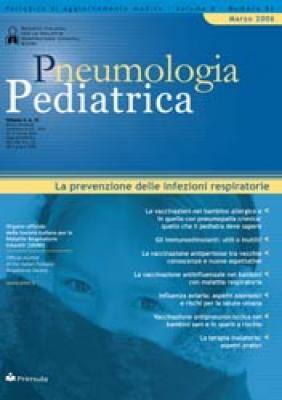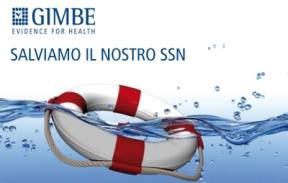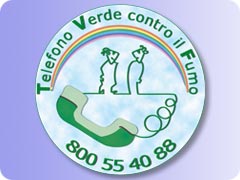Archivio > Vai alle uscite del 2006 > Vai aVolume 6, Numero 21 - Marzo 2006
- La prevenzione delle infezioni respiratorie
La terapia inalatoria: aspetti pratici Practical aspects of aerosol therapy

La percentuale del farmaco prescritto che riesce ad arrivare al polmone (rendimento o delivery power) è bassa e varia enormemente quando si usano i classici apparecchi per aerosol sia quelli pneumatici che quelli ad ultrasuoni. La bomboletta spray (Metered Doser Inaler, MDI) ha un rendimento maggiore e meno variabile ed inoltre l’associazione con il distanziatore munito di valvole non solo ne annulla l’effetto balistico (impatto del farmaco a livello dell’orofaringe) ma ne semplifica l’esecuzione tanto da renderla possibile a qualsiasi età. La polvere per inalazione per contro accentua l’effetto balistico e inoltre richiede che il flusso inspiratorio del paziente sia molto elevato e raggiunto istantaneamente. Indipendentemente dalla metodica utilizzata, la percentuale di farmaco in grado di raggiungere il polmone è nel bambino nettamente inferiore rispetto all’adulto (6-2% verso 16-20%): di qui la necessità di rivedere la posologia della via inalatoria in età pediatrica. Per avere una buona collaborazione da parte dei genitori è indispensabile spiegare loro i concetti base della terapia inalatoria, dimostrarne l’esecuzione in pratica, ricontrollandola spesso anche alle viste successive.
The percentage of a drug prescribed that is able to reach the lung (delivery power) is low and varies widely when either nebulizers, pneumatic and ultrasound are used. The spray inhaler (Metered Doser Inhaler, MDI) has a higher and more constant efficiency; moreover, when associated to a spacer provided with valves zeroes the ballistic effect (the impact of the drug with the oropharynx) and makes the procedure easy, suitable for all ages. Conversely, dry-inhaler powder enhances the ballistic effect and requires the patient to reach immediately a very high inspiratory flow. Independently from the technique used, the percentage of drug that actually reaches the lungs in the child is much lower than that in the adult (6-2% versus 16-20%), hence the necessity to reconsider the dosages via inhalation for pediatric use. In order for physicians to obtain the best collaboration on behalf of the parents, it is mandatory they teach parents be the basics of inhalation therapy and the correct procedure, while checking during future follow-up how well the child performs it.






